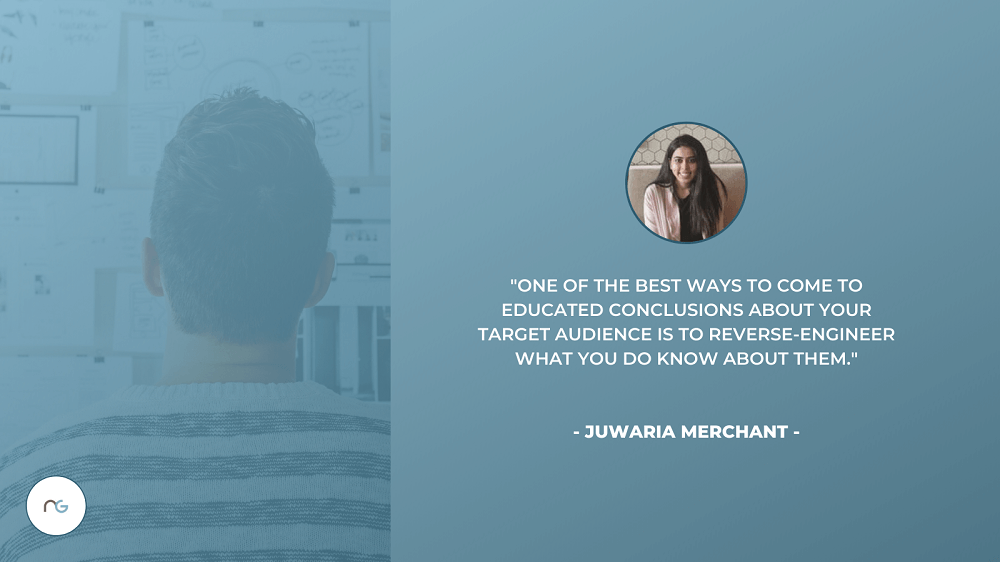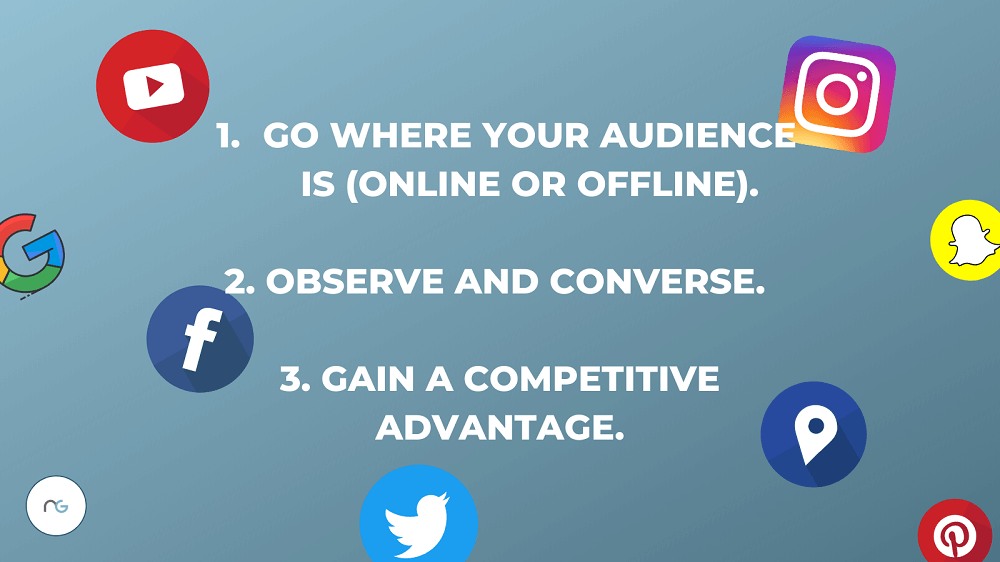When it comes to marketing, far too many businesses wing it. And even the ones that do invest in the planning and development of a solid business model often forget the most important thing—understanding their target audiences. As a result, they struggle to generate leads and convert them into qualified prospects, let alone meet their sales goals. Does that sound familiar? If you too are suffering from this issue, then you’re not the only one.
Truth be told, it can be hard to define a target audience. People are different; they have different characteristics, thoughts, beliefs, and ideas, so not every customer acts the same way or values the same things. Yet, you can define them by similar attributes, behaviors, wants, and needs. This post will take a deep dive into understanding your target audience, and will help you create messaging that is persuasive and attractive to them.
1. Use Movie Characters to Your Advantage
Whether you’re just starting your business or you already have a sizable customer base, this simple trick can help you flesh out what you know about your target audience. Think of your target audience as a movie character.

For example, Elle Woods from “Legally Blonde” is not a character that you would catch dead without perfectly polished nails, a good outfit to match, and the fashion sense to distinguish a last-season shoe from the one in-season. Cher Horowitz from “Clueless” is probably just the same. Now, think about the attributes of these characters.
Neither of them would be seen dress shopping at Walmart, but what if you invited them to shop the collection of a new designer? Chances are, that offer would capture their interest.
What characters do your ideal customers remind you of? Your answer could tell you a lot about your audience’s personality attributes, buying behaviors, peers, and more.
While the most accurate information will, of course, come from studying and talking to your audience, this can be a fun and surprisingly effective way to get you started developing buyer personas. It can also be great for helping you to remember key characteristics of your audience, once you confirm them through your own research.
2. Observe. Observe. Observe.
Observation is the oldest marketing/business trick in the book. Any good salesperson will tell you that observation is one of the best ways to understand your audience. Why? Because, often, the things that go unsaid, you can still pick up on in their behavior.
Paco Underhill, the author of “Why We Buy: The Science Of Shopping,” is an excellent example of this, having increased sales for many brands by simply observing the customer.
However, even businesses like ours can get great insights through the simple art of observation. For example, you’ll learn what age groups your customers fall in, the way they speak, their needs and interests, their buying behaviors, and so on. The possibilities are limitless.

You can even go a step further, though, and chat with your customers to gain some much-needed feedback. Don’t limit yourself to just observation. Make an effort to engage one-on-one by doing customer interviews, conversing with people in the comment section, and so on. You’ll learn more about your audience much faster than with observation alone.
3. Deep Dive Into Your Data
Often, there’s analytics data available for the content you create and promote—whether it be the number of likes, shares, clicks or impressions. Although these can be helpful, the real gold is info on which countries and demographics your target audience comes from, their behaviors and interests, how they find you, and so on.
And the more you can find out about what kind of content they appreciate most and which content strategies are a total miss, the better. For example:
- Does your audience enjoy humorous, clever copywriting or are they more straitlaced?
- Are they likely to be persuaded or deterred by influencer marketing?
- Are there generational differences that could impact how they respond to your content?
If your brand caters to a global audience, language barriers and cultural differences are something that can bring unique insights too.
4. Use What You Know to Fill in Knowledge Gaps
Here’s a little secret: even the best marketers don’t know everything there is to know about their audiences. It’s possible to come very close. But, to a degree, everyone is playing a guessing game since individual audience members are unique and many markets change constantly. What can that mean for you? If you do your homework, your educated guess could be just as good as, if not better than, your competitor’s best guess.

One of the best ways to come to educated conclusions about your target audience is to reverse-engineer what you do know about them. Think of the details, the littlest details. Sometimes marketing and advertising can be as black and white as targeting a pet owner because your product deals with pet accessories.
However, if your company sells gaming electronics for teenage boys, you may want to target parents since they have the purchasing power.
No matter what you’re marketing, think about who your product or service is for, what life stage they’re at, whether or not the buyer and the user are the same person, and so on. Only then can you write copy and content that get results and guides your ideal customers toward the point of purchase.
5. Go to the Places They Hang Out
Justin Goff commonly dishes out this advice—hang out where your customers are. (That includes offline location and events when possible, as well as virtual events, groups, and websites.) You’ve probably heard this tip before, but do you know why it’s so important?
It can help you understand the way your audience speaks and the words they use, which you can then use to make your brand message and voice more relatable. It can also help you understand the problems and goals your ideal customers have.
When you truly understand their problems, you’ll be in a better position to provide real solutions, which can earn you more leads and boost your credibility. The same can be said if you identify the goals of your target and current customers. As a bonus, this could even open more pathways and income streams for you.

Point being, hanging out where your customers are—online or offline—gives you a competitive advantage. Why would you want to miss out on that?
Know Your Audience, Grow Your Business
Understanding your target audience may seem like a tricky task but it doesn’t have to be. While there’s no definitive shortcut to it or perfect formula for understanding your audience, there’s plenty you can do to get the insights you need. So try using the powers of observation and conversation, data, and even move characters to your advantage!
This guest post was created as part of Nia Gyant’s free mentorship program for freelance writers who are interested in improving their writing skills.
